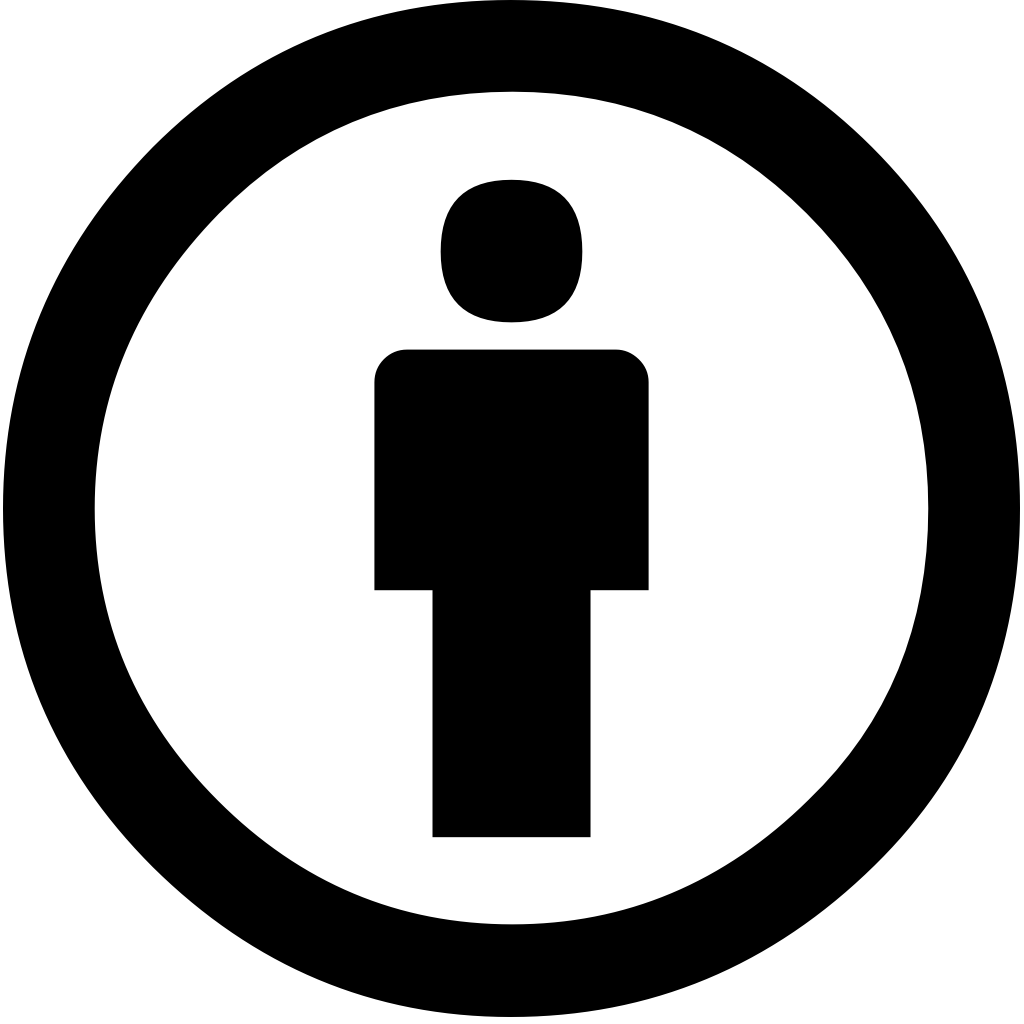
When they listen and when they watch
Pianists’ use of nonverbal audio and visual cues during duet performance
326f77da-67ba-435f-9093-0d9f8d3b4b9c
Abstract (English)
Nonverbal auditory and visual communication helps ensemble musicians predict each other’s intentions and coordinate their actions. When structural characteristics of the music make predicting co-performers’ intentions difficult (e.g., following long pauses or during ritardandi), reliance on incoming auditory and visual signals may change. This study tested whether attention to visual cues during piano–piano and piano–violin duet performance increases in such situations. Pianists performed the secondo part to three duets, synchronizing with recordings of violinists or pianists playing the primo parts. Secondos’ access to incoming audio and visual signals and to their own auditory feedback was manipulated. Synchronization was most successful when primo audio was available, deteriorating when primo audio was removed and only cues from primo visual signals were available. Visual cues were used effectively following long pauses in the music, however, even in the absence of primo audio. Synchronization was unaffected by the removal of secondos’ own auditory feedback. Differences were observed in how successfully piano–piano and piano–violin duos synchronized, but these effects of instrument pairing were not consistent across pieces. Pianists’ success at synchronizing with violinists and other pianists is likely moderated by piece characteristics and individual differences in the clarity of cueing gestures used.
 (in German)
(in German)
 (in German)
(in German)







